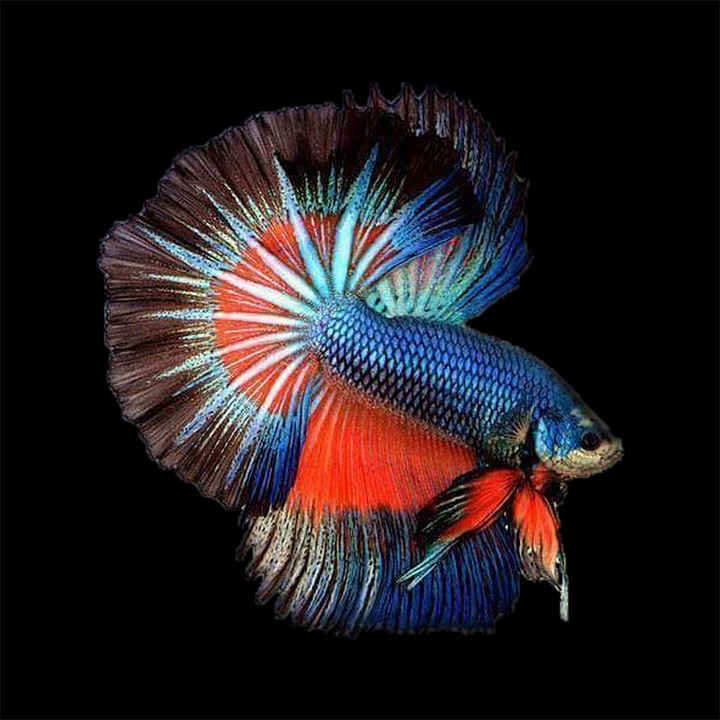Adjusting Tank Parameters to Support Specific Fish Behaviors
Introduction
Understanding and accommodating the behavioral needs of your fish is essential for their overall health and well-being. Creating an environment that mimics their natural habitat is vital, as it allows them to exhibit their natural behaviors and thrive. In this article, we will explore how to adjust various tank parameters to support specific fish behaviors, ensuring a happy and healthy aquatic community.
1. Water Temperature
Maintaining the appropriate water temperature is crucial for promoting specific fish behaviors. Different species thrive under different temperature ranges, so it’s important to research the optimal temperature for your fish.
– Research your fish species: Determine the preferred temperature range for your fish species by referring to reliable sources such as books, online forums, or consulting with experienced aquarists.
– Use a reliable thermometer: Invest in a high-quality aquarium thermometer to accurately monitor the water temperature.
– Adjust the heater: Install an adjustable heater in your aquarium to maintain the desired temperature. Ensure the heater is suitable for your tank size and follow the manufacturer’s instructions.
2. Water pH and Hardness
The pH and hardness of the water play a significant role in fish behavior and overall health. Some fish species prefer acidic water, while others thrive in alkaline conditions. Research your fish’s specific requirements to create an ideal environment.
– Test your water: Regularly test the pH and hardness of your aquarium water using reliable test kits available at pet stores or online.
– Adjust pH levels: To adjust the pH, you can use specialized products designed to raise or lower pH levels. Follow the instructions carefully and make gradual changes to avoid shocking the fish.
– Water hardness: If your fish require softer or harder water, consider using appropriate additives or filtration systems to achieve the desired levels. Again, make changes gradually to prevent sudden shifts.
3. Water Flow and Aeration
Water flow and aeration are essential for oxygenation and maintaining a healthy aquatic environment. Many fish species have specific behavioral needs regarding water movement.
– Research your fish’s requirements: Determine whether your fish prefer calm or agitated water. Some species, like bettas, prefer still water, while others, such as tetras or barbs, thrive in water with gentle currents.
– Adjust water flow: Use aquarium pumps, powerheads, or air stones to adjust the water flow and create the desired environment.
– Observe fish behavior: Monitor your fish closely after modifying the water flow to ensure they are comfortable and exhibiting natural behaviors.
4. Tank Decor and Hiding Places
Providing appropriate tank decor and hiding places is crucial for fish to feel secure and display natural behaviors.
– Research natural habitats: Learn about the natural environment of your fish species, including the types of plants, rocks, or driftwood typically found there.
– Mimic natural habitats: Choose decor that closely resembles the fish’s natural environment. For example, if your fish are from a densely planted area, add live plants to your aquarium.
– Create hiding spots: Incorporate caves, crevices, and other hiding places in your tank to provide shelter and security. This is particularly important for shy or territorial fish.
FAQs (Frequently Asked Questions)
1. How often should I test the water parameters in my fish tank?
– It is recommended to test the water parameters at least once a week, especially for pH, temperature, and ammonia levels. However, newly established tanks or those experiencing issues may require more frequent testing.
2. Can I adjust the water parameters abruptly to accommodate my fish?
– Abrupt changes in water parameters can be stressful or even fatal to fish. Make adjustments gradually over a period of days or weeks, allowing the fish to acclimate to the new conditions.
3. Is it essential to provide hiding spots even for non-territorial fish?
– Yes, even non-territorial fish benefit from having hiding spots as it provides them a sense of security. Hiding places also help reduce stress and encourage natural behaviors.
4. Are there any fish that prefer strong water currents?
– Yes, some fish species naturally inhabit fast-flowing rivers or streams and thrive in strong water currents. Examples include certain species of danios, loaches, and hillstream loaches. However, it’s important to research their specific requirements and provide appropriate filtration and water flow.
Remember, each fish species has unique behavioral needs, so always research and tailor your tank parameters accordingly to ensure their well-being. By creating an environment that supports their natural behaviors, you can enjoy a vibrant and engaging aquarium.









